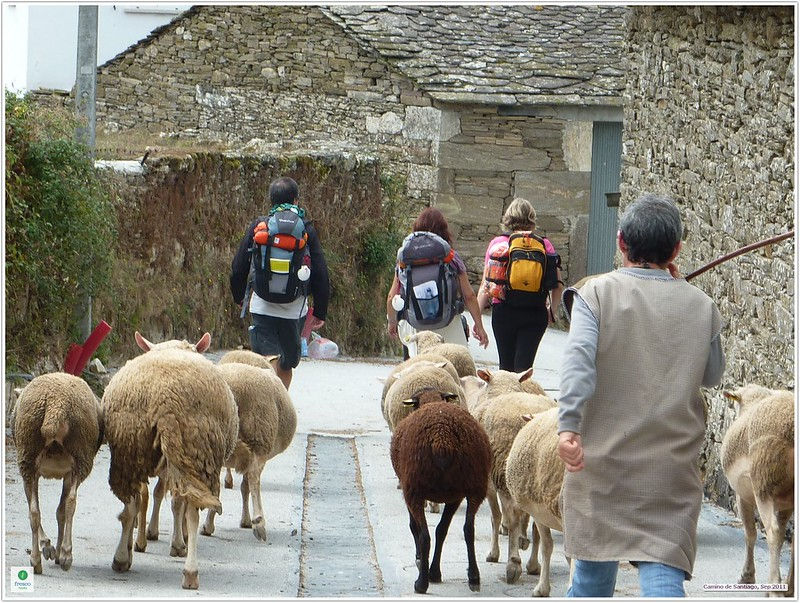Tourism revival: Afghanistan draws tourists amid warnings
- Paul Aage Hegvik

- 2 days ago
- 5 min read
Despite security concerns and ethical debates, Afghanistan is witnessing a notable increase in tourism, attracting adventurous travelers to its historic sites and natural wonders.

Afghanistan, long associated with conflict and instability, is experiencing a surprising resurgence in tourism. In 2023, the number of foreign visitors rose to approximately 7,000, a significant increase from 691 in 2021, according to official figures . This growth is according to Al Jazeera drawing attention to the country's rich cultural heritage and scenic landscapes, as well as raising questions about safety and ethics.
It is just raw. You don’t get much rawer than there. That can be attractive—if you want to see real life. Sascha Heeney A part-time travel guide from the UK, describing her experience in Afghanistan. (BBC)
Tourism creates a lot of jobs and opportunities. Rohullah An Afghan tour guide who began leading groups after the Taliban's return to power. (BBC)
Attractions amidst adversity
Travelers are venturing to sites like the Bamiyan Valley, known for its dramatic cliffs and the remnants of ancient Buddha statues destroyed in 2001, and Band-e Amir National Park, Afghanistan's first national park, celebrated for its stunning turquoise lakes . Cities such as Herat and Mazar-i-Sharif offer glimpses into the country's historical and architectural legacy.
Tour operators like Untamed Borders have resumed guided tours, emphasizing cultural immersion and historical exploration. James Willcox, the company's founder, notes a growing interest among travelers seeking authentic experiences in regions less frequented by mass tourism.
Navigating safety and ethics
While the Taliban government promotes tourism as a means to boost the economy and improve international perceptions, safety remains a concern. The threat from groups like Islamic State-Khorasan persists, highlighted by a tragic incident in Bamiyan where several tourists were killed.
Moreover, the ethical implications of traveling to a country where women's rights are severely restricted cannot be overlooked. Critics argue that tourism under the Taliban regime may inadvertently legitimize their authority and downplay ongoing human rights abuses.
Afghanistan's reemergence on the tourism map offers a complex narrative. For travelers, it presents an opportunity to witness a nation's resilience and cultural richness. However, it also demands a conscientious approach, weighing the allure of exploration against the realities faced by the local population.

Dress code requirements for women in Afghanistan (2025)
If women choose to visit Afghanistan in its current context under Taliban rule (2021–2025), they must follow strict dress codes imposed by the regime, especially in public spaces. Here’s what female travelers should expect and prepare for:
Full-body coverage is mandatory
Women must wear loose-fitting, non-revealing clothing that covers the body from neck to ankles.
Long sleeves and high necklines are essential.
Headscarf is required at all times
A hijab (headscarf) must cover the hair completely when in public, including while walking outdoors, in markets, or visiting public buildings.
In more conservative areas, even foreign women may be expected to cover part of the forehead and neck.
Abaya or similar cloak
While not always enforced for foreign women, many travelers wear an abaya (a loose black cloak) or long coat to blend in and show respect.
Burqa expectations in rural areas
In rural or deeply conservative provinces, women—locals and foreigners alike—may be expected to wear a full-body burqa that includes a face mesh.
While not always required for tourists, foreigners sticking out may attract unwanted attention if not dressed conservatively.
No bright colors or fitted clothes
Neutral or dark colors are recommended. Avoid tight jeans, short tops, or anything that outlines the figure.
Even if you're a foreigner, you may be approached or warned by local authorities or residents if you’re not dressed “appropriately” by their standards.
Female travelers should carry a scarf at all times and avoid traveling without a male guide or escort, especially in rural areas.
Photographing local women is culturally sensitive and often discouraged or forbidden. Essential clothing checklist for women travelers
• Long, loose tunic/topCovers hips and bottom; avoid tight-fitting tops.
• Full-length skirt or pantsMust be ankle-length and loose. Jeans are okay if covered by a long top or coat.
• Long-sleeve cardigan or coatIdeal for layering and modesty, especially in cooler areas.
• Headscarf (hijab)Mandatory in public. Bring at least 2–3 in neutral colors.
• Abaya or long cloakRecommended in cities, often required in rural or conservative regions.
• Slip-on shoes or sandalsComfortable, modest footwear for unpaved streets and markets.
• Sunglasses & face maskHelps avoid direct eye contact and adds discretion.
• Crossbody or flat bagKeep it discreet and secure under a coat if possible.
• Burqa (optional)In very conservative areas, may be expected. Can be arranged through a local guide.
Additional essentials
• Travel documents (passport, visa, printed itinerary) • Emergency contacts (embassy, guide, fixer) • Cash (USD) – Cards rarely accepted • Basic first aid kit & medicine – Healthcare is limited • Unlocked phone with VPN – Some sites/apps may be restricted • Travel insurance – Must include evacuation coverage
Cultural & safety tips
• Avoid solo walking, especially at night or outside cities • Do not photograph locals, especially women or officials • Avoid political discussions – sensitive and risky • Always ask before filming or posting on social media • Follow your guide’s advice – local knowledge is key
While some tour companies that operate in Afghanistan may advise on cultural etiquette and help arrange appropriate clothing, the current environment is extremely restrictive, particularly for women. Beyond the dress code, many areas are still not safe for solo or casual travel.
Note: Travel advisories for Afghanistan remain at the highest caution levels. Potential visitors should thoroughly research current conditions and consider the ethical dimensions of their travel choices.



